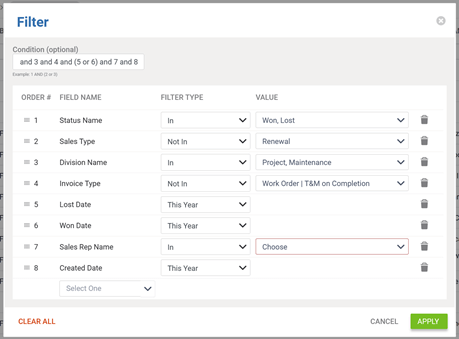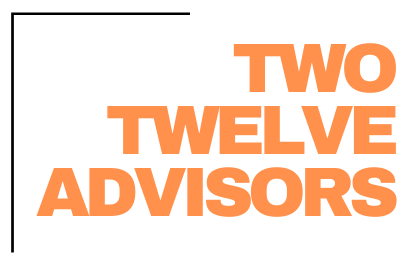The success of every job begins with how accurately it was estimated. In a recent webinar, we covered the topic of pricing in line with the cost of doing business. We discussed common industry pricing errors, (such as basing your pricing solely off of the competitions pricing) and several factors that should influence your pricing (such as the location of the job, client expectations, and internal factors; labor costs, production rates, indirect costs, etc.). During and after the implementation of any estimation strategy, a great way to evaluate its effectiveness is to look at the Close Rate of your company.

If your close rates are low, this may be a sign to evaluate your estimator and sales rep performance. For example, it could mean your sales rep is not appropriately qualifying prospects before pushing the job to the estimator. This means the estimator won't have enough details on the client's expectations, leading to over or under-estimating. This leads to more jobs being lost, or more clients who are unhappy with the final product. A low close rate may also mean your estimator needs more training to estimate more accurately. Maybe the prices are coming out too high causing jobs to be lost. This is ultimately a chance to reflect on your team's training to ensure there isn’t something that was missed or needs to be retrained.
The reason this is so important is because you spend a considerable amount of money to employ your Sales Reps and Estimators. You need to ensure they are being as productive and efficient as possible. The higher their close rate reflects how successful they are.
FREE DOWNLOAD:
Future-Proof Your Landscaping Business in 6 Easy Steps
Thrive Leads Shortcode could not be rendered, please check it in Thrive Leads Section!
